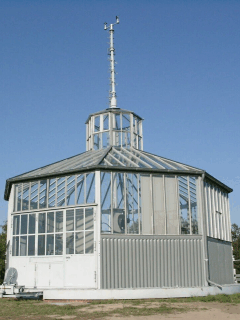With the present proposal we aim at a further analysis of the LITFASS-2003 data set in order to remove existing deficits concerning our understanding of the turbulent ABL structure and processes over a heterogeneous land surface. The following issues shall be investigated:
- What is the relative importance of terrain heterogeneity, heterogeneous land use and heterogeneous atmospheric forcing on the ABL structure?
- On which conditions and at which levels does horizontal mixing occur in the ABL over a heterogeneous land surface?
- Can heterogeneity effects at different spatial scales explain the non-closed surface energy balance?
- How do different time scales, scalar similarity and thermally-induced secondary circulations influence turbulent flux measurements, and what are the implications for the parameterisation of turbulent fluxes in atmospheric models?
Analysis of experimental data will be supported by a further interpretation of data from Large-Eddy simulation (LES) runs already completed and by the performance of new LES runs set up specifically in light of our previous findings and specific research aims.
Finally, implications for measurement, data analysis and modelling strategies shall be derived, including recommendations for a suitable set-up and siting of surface layer and profile measurement systems in a heterogeneous landscape. The experiment strategy shall be supplemented by a methodology to appropriately correct local turbulent surface fluxes in order to achieve closure of the surface energy balance.

